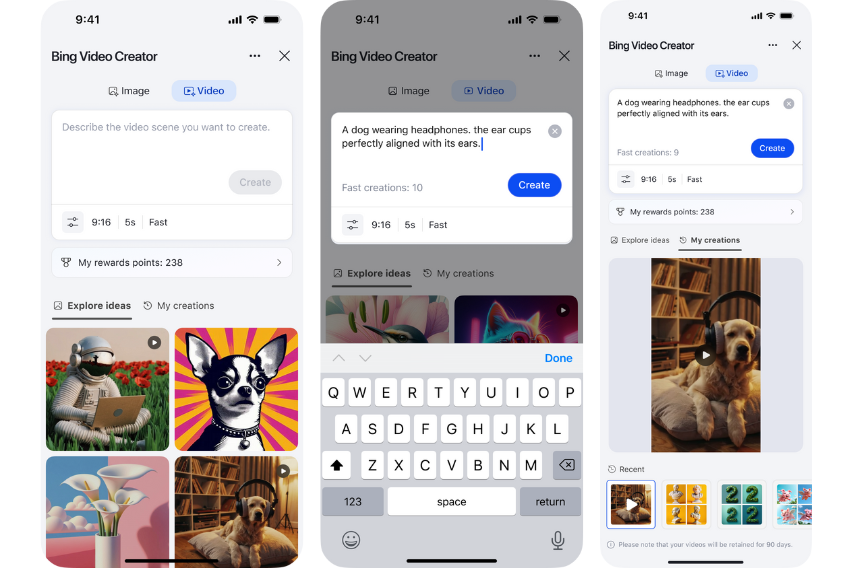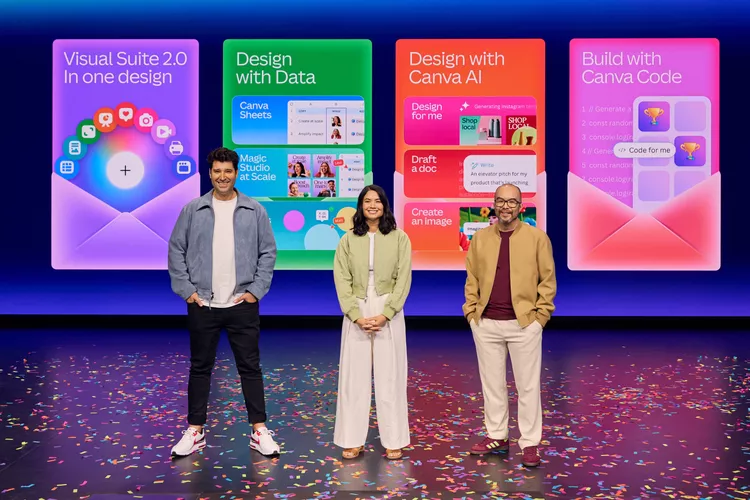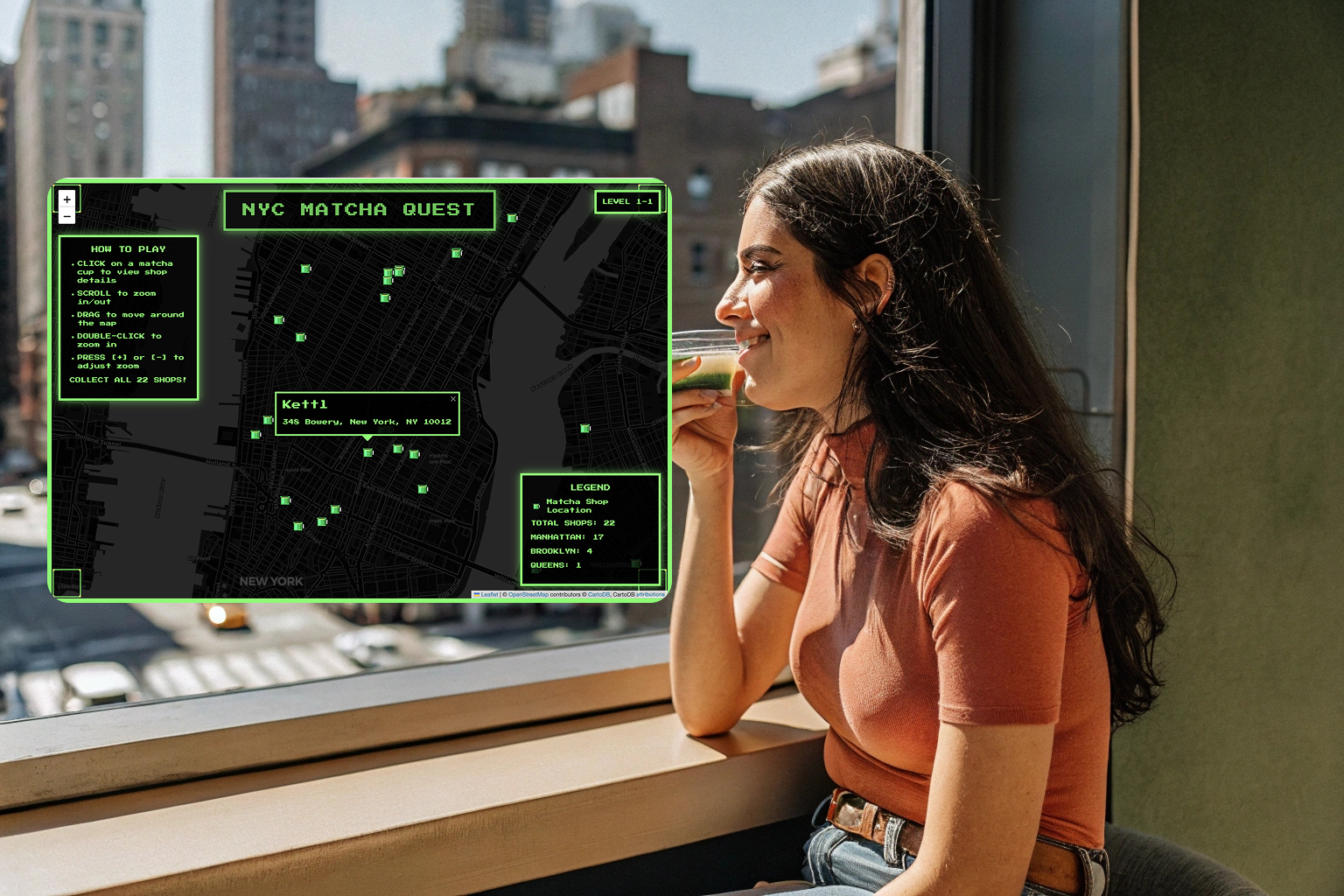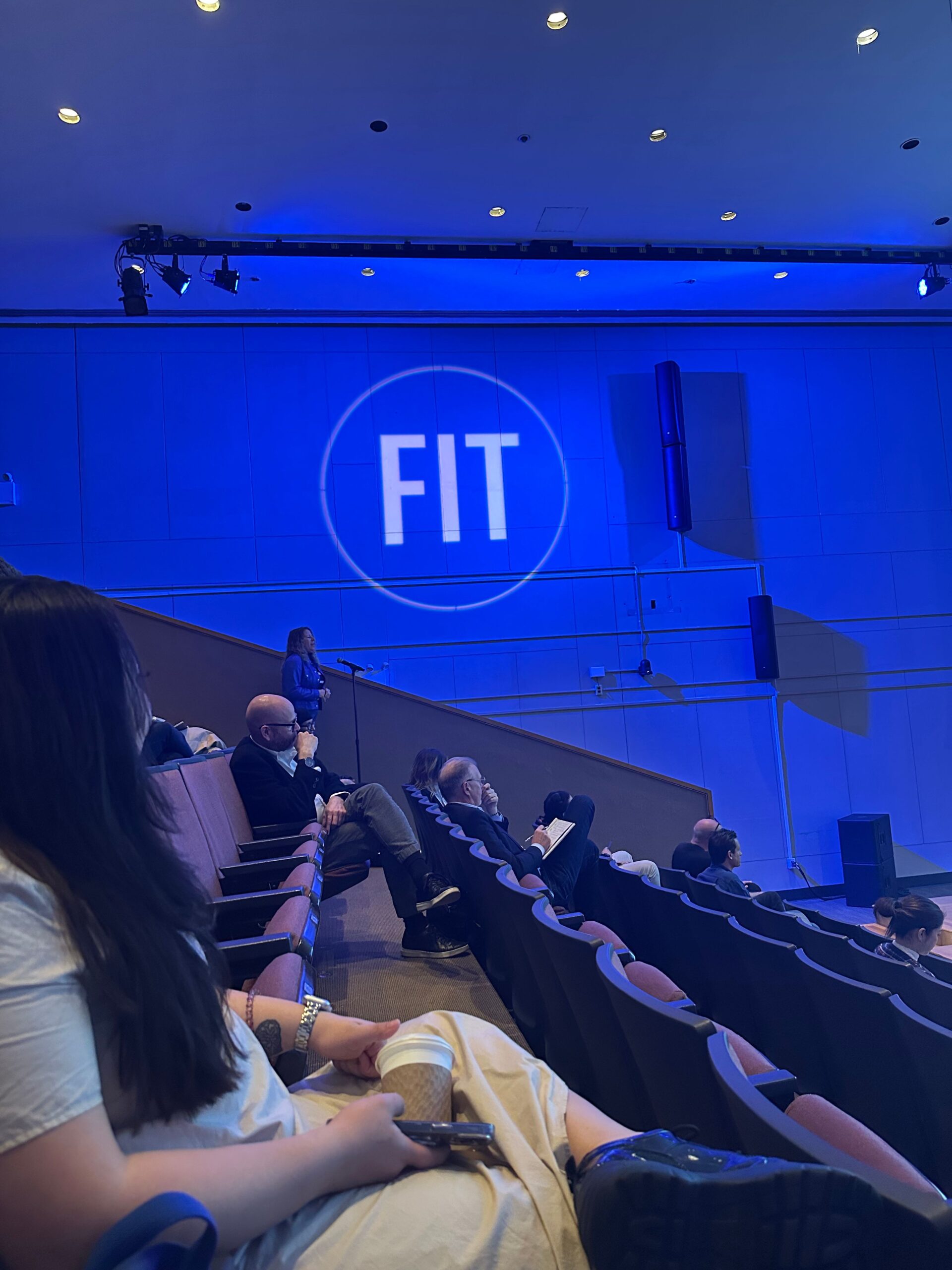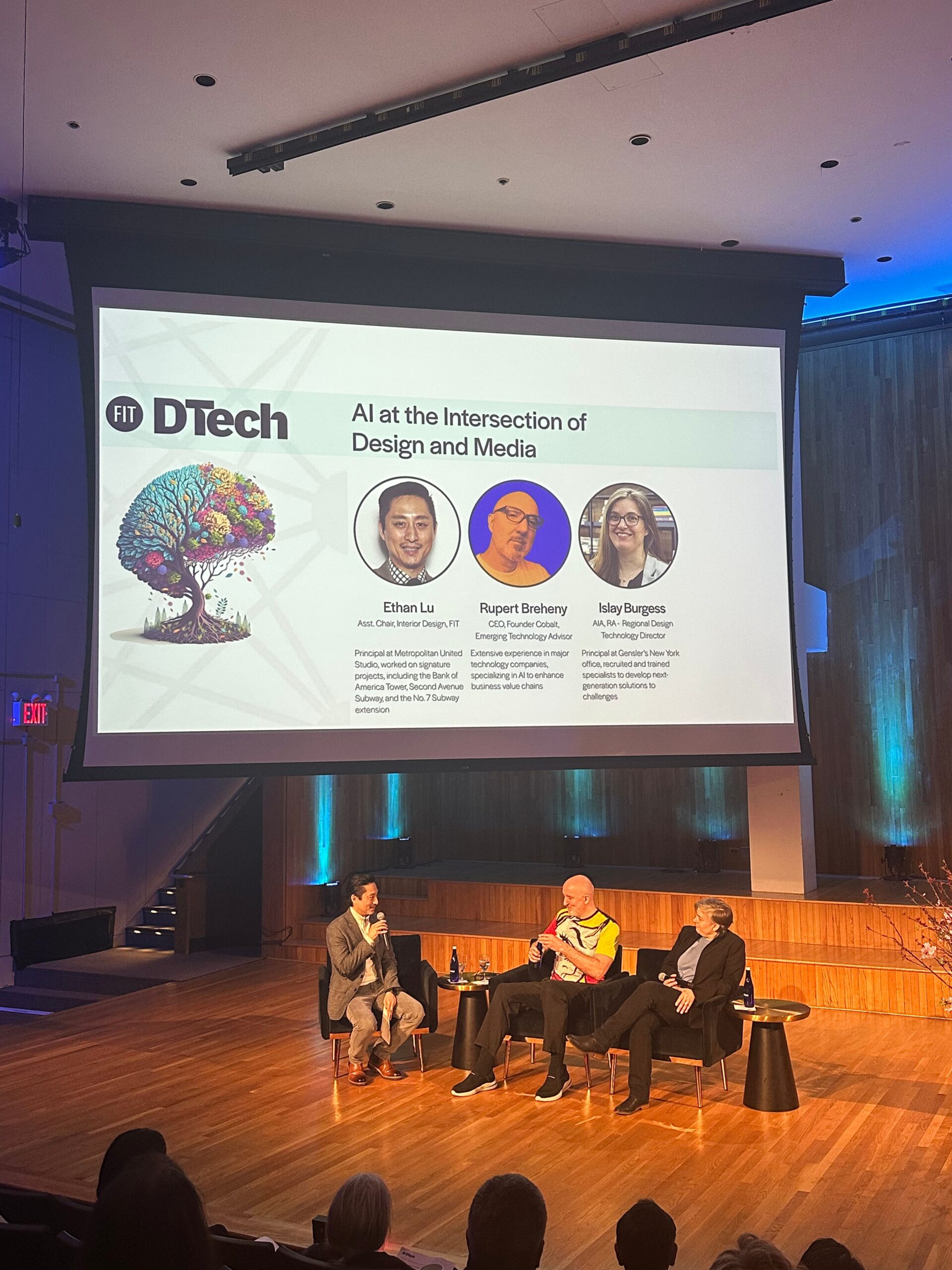OpenAI has officially launched GPT-5, calling it its most advanced AI model yet. Released on August 7, 2025, GPT-5 blends faster reasoning, massive memory upgrades, and multimodal capabilities into one assistant that feels less like a chatbot and more like a capable digital coworker.
It’s not just the tech specs that have people talking. The live launch demos showed an AI that can shift from code-crunching to empathy mode without missing a beat. Here’s what makes GPT-5 stand out, and why it lands perfectly in the “AI as your roommate” era.
Sharper thinking with a memory that actually sticks
One of GPT-5’s biggest upgrades is its expanded context window, reportedly reaching up to one million tokens. That means it can track the flow of a multi-chapter novel, manage a full coding project, or remember the details of a months-long research collaboration without losing the thread.
Combined with a new three-part architecture of router, thinker, and fast responder models, GPT-5 decides when to spend extra time reasoning through a problem versus delivering a quick, confident answer. It feels more measured, less like it’s blurting the first thing that comes to mind.
More than words, this one speaks fluent internet
GPT-5 can handle images, audio, and potentially video in the same conversation. You can drop in a photo, ask for an analysis, follow up with voice instructions, and get a text summary without switching tools.
That seamless flow was a highlight of the launch, positioning GPT-5 as a single workspace for all your messy, multi-format inputs.
The live showcase felt more like a gig than a keynote
OpenAI didn’t read from a slide deck. They let GPT-5 perform. In one test, a simple language-learning prompt became a working tutoring website with word games, daily vocab quizzes, and a clean interface, all in minutes.
The next moment flipped the tone completely. A user uploaded a biopsy report, and GPT-5 instantly shifted into empathy mode, breaking down the findings in plain language, asking follow-up questions, and still recommending a doctor’s input.
When faced with a risky request, it didn’t shut it down cold. It explained why, then suggested a safer path, making the refusal feel like part of the conversation instead of a dead end.
Its assistant side came through when linked to Gmail and Google Calendar, surfacing important unread emails, drafting replies, and suggesting schedule tweaks.
The finale brought pure theatre. GPT-4 was asked to write a eulogy for itself. Sweet, predictable. GPT-5’s version was layered and perfectly timed. When asked to sum up Pride and Prejudice in one word, it said, “relationships.” The room laughed, not because it was wrong, but because it was so right.
Coding power in multiple sizes
On benchmarks, GPT-5 scored about 74.9% on SWE-Bench Verified and around 88% on Aider Polyglot, proving it can handle real-world software tasks. Developers can choose between GPT-5 mini, nano, and chat versions to balance cost, speed, and performance. The lightweight Nano model is priced to compete with Google’s Gemini Lite, making it more accessible.
Pick its mood and make it yours
For everyday users, one of the most noticeable upgrades is personality presets: Cynic, Robot, Listener, or Nerd. Each changes the tone of its responses. Add in new visual themes, upgraded voice output, and Gmail plus Calendar integration for Pro-tier users, and GPT-5 starts feeling less like a tool and more like a companion.
Smarter, but still human-supervised
Hallucinations are down. GPT-5 produces about 45% fewer factual errors than GPT-4o, and up to 80% fewer when it uses its deeper reasoning mode. But it still doesn’t learn continuously, and it’s not AGI. Double-checking is still part of the deal.
A well-timed play in a busy AI arena
Anthropic’s Claude 3.5, Google’s Gemini, and Meta’s LLaMA have all been making headlines. GPT-5 is OpenAI’s counterpunch, designed to hold its lead while showing enterprise clients like Amgen, Figma, and Morgan Stanley that innovation is still coming fast.
Right model, right cultural moment
2025 feeds are full of TikTok “AI bestie” skits, productivity influencers showing off AI-managed workdays, and students quietly outsourcing essays to chatbots. GPT-5 fits right in.
It’s not here to take over. It’s here to help, adapt, and occasionally make you laugh with how on-point it can be. More like a high-functioning digital roommate than a sci-fi overlord.
